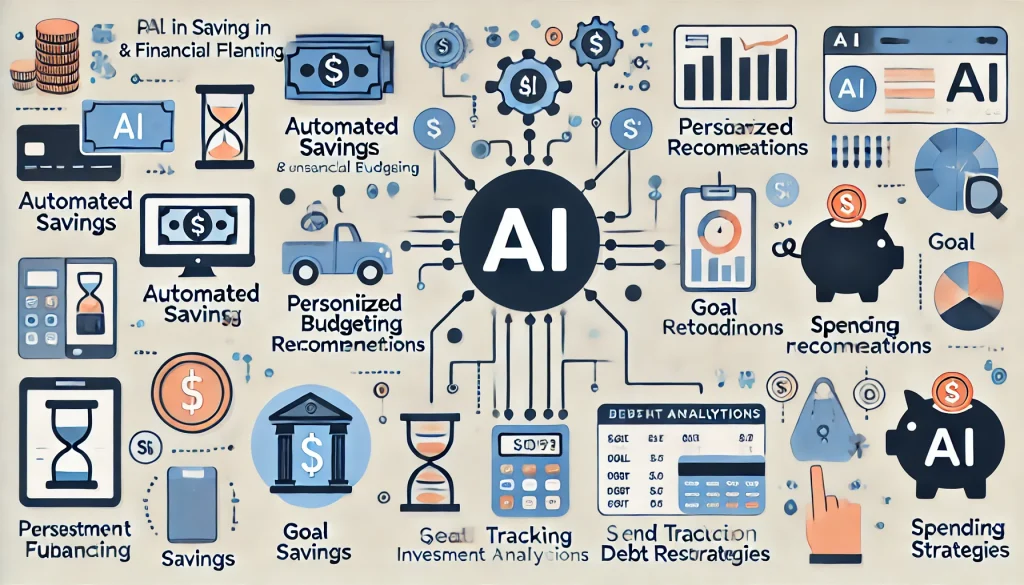Transforming the Future: RPA in Finance and Automation in Banking for Enhanced Security and Efficiency
Introduction The advent of Robotic Process Automation (RPA) is revolutionizing the financial sector. From automating repetitive tasks to bolstering security, RPA in finance is bridging the gap between human effort and technological advancement. Automation in banking specifically stands out by improving customer experiences, streamlining operations, and ensuring data integrity.
This blog dives into how RPA enhances security and efficiency in finance and banking, illustrating its benefits, applications, and the future it holds. Whether you're a financial professional or a tech enthusiast, you'll gain insights into how this cutting-edge technology shapes the industry's dynamics.
The Evolution of RPA in Finance
What is RPA in Finance? Robotic Process Automation refers to the use of technology to automate rule-based, repetitive tasks without requiring manual intervention. In finance, it plays a crucial role in areas like transaction processing, compliance, and fraud detection.
Why RPA is a Game-Changer for Finance
- Efficiency Boost: Tedious processes like invoice reconciliation, data entry, or account maintenance are automated, saving hours of manual effort.
- Enhanced Security: By limiting human involvement, RPA minimizes errors and enhances fraud prevention measures.
- Cost-Effectiveness: With operations streamlined, financial institutions experience significant cost reductions.
Applications of Automation in Banking
1. Streamlined Account Management
RPA bots handle account openings, updates, and closures seamlessly. By doing so, they eliminate backlogs and ensure precision, saving valuable time.
2. Compliance and Reporting
Financial institutions must adhere to stringent regulations. Automation in banking ensures real-time compliance checks, reducing risks and costly penalties.
3. Customer Support
Chatbots powered by RPA can handle queries 24/7, offering personalized assistance while reducing customer service workloads.
4. Fraud Detection and Risk Mitigation
By monitoring transactions, RPA systems identify anomalies and flag potential risks. This proactive approach significantly reduces fraudulent activities.
5. Loan Processing
Traditional loan approval processes involve manual reviews, which are time-consuming. With RPA, banks can automate document verification and eligibility checks, accelerating approvals.
Benefits of RPA in Finance and Automation in Banking
1. Improved Accuracy Unlike human inputs prone to error, RPA ensures data accuracy, crucial in financial reporting and operations.
2. Scalability Whether it's processing ten or ten thousand transactions, RPA systems scale effortlessly based on demand.
3. Enhanced Customer Experiences With routine tasks automated, employees can focus on personalized services, improving customer satisfaction.
4. Better Decision-Making RPA gathers and analyzes data in real time, providing actionable insights for strategic decisions.
5. Business Continuity Automation ensures uninterrupted service during high-demand situations or disruptions.
Challenges in Implementing RPA in Finance
However, while RPA is transformative, it isn't without challenges:
- High Initial Costs: The setup and implementation of RPA can be capital-intensive.
- Integration Complexities: Legacy systems often hinder seamless integration.
- Workforce Resistance: Employees may fear job loss, underscoring the need for effective change management.
Overcoming these hurdles involves thoughtful strategies like upskilling employees, starting with small pilot projects, and ensuring robust support systems.
The Future of RPA in Finance and Banking
The adoption of RPA in finance and automation in banking continues to grow, driven by advancements in artificial intelligence and machine learning. Future trends include:
- Hyper-Automation: Integrating RPA with AI to handle complex decision-making.
- Blockchain Integration: Enhancing transactional transparency and security.
- Predictive Analytics: Using RPA-driven data insights for forecasting and planning.
By staying ahead of these trends, financial institutions can position themselves as industry leaders.
Conclusion RPA in finance and automation in banking have emerged as pivotal tools in the quest for efficiency and security. From streamlining processes to mitigating risks, the benefits are vast. However, embracing this technology requires thoughtful planning and commitment.
Are you ready to explore the possibilities of automation? Share your thoughts in the comments or spread the knowledge by sharing this post. Together, let's shape the future of finance!
Leave a comment
Your email address will not be published. Required fields are marked *




